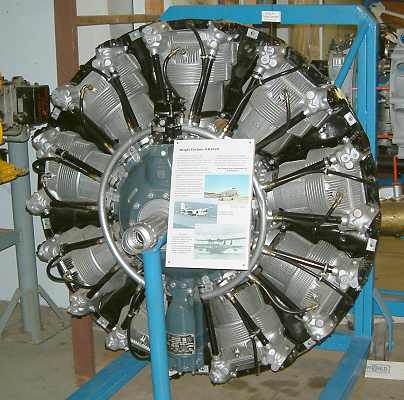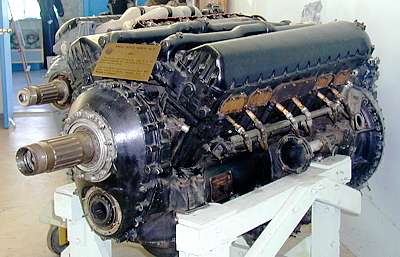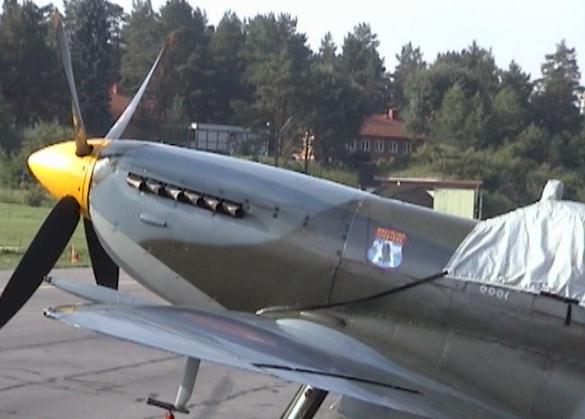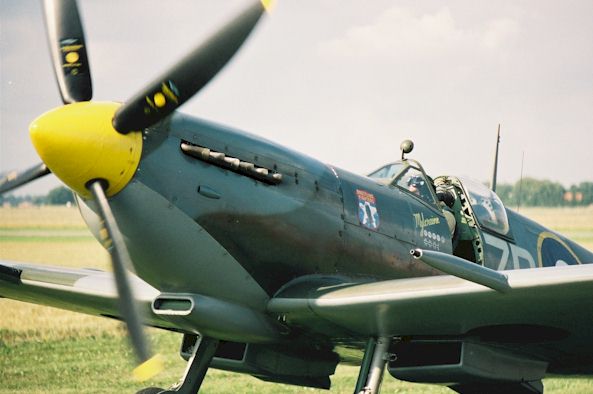
de Havilland Gipsy 1, four-cylinder in-line, air-cooled engine of 100 hp (74 kW).
Made by De Havilland at Stag Lane, Middlesex England from 1926 to 1934. Also under license by Wright Aeroplane in the US. 1449 engines were built. Gipsy One was used in the Gipsy Moth, Curtis-Reid Rambler, and Avro Avian.

The Wright Aeronautical Corp. introduced the first R-1820 in 1931. Developed from earlier "Cyclone" engines of the 1925-1930 era, the R-1820 was larger and more powerful than its predecessors. Originally rated at 575 hp., the engine's performance was dramatically improved during its many years of production.
These engines were given serial numbers, from the early, F50 and F60 (670-760 hp.), to the G series (750-850 hp.), the G100 series (1100 hp.), and the G200 (1100-1200 hp.), with several later versions being rated at 1,525 hp.

The Merlin family of engines powered such famous aircraft such as the Spitfire, Hawker Hurricane, de Havilland Mosquito, Mustang and Lancaster bomber. The Merlin was developed in England in 1936 and used in a prototype Spitfire F39/34. The first production Spitfire in 1939 had a 1030 hp. Rolls Royce Merlin MK II engine. The sound clip on this page is a Merlin powered spitfire.





The pictures above were of turbo-fan engines. These engines are efficient at subsonic speeds. Their large frontal area makes for excessive drag at supersonic speeds and so turbofans are not used at supersonic speeds.
At supersonic speeds the pure turbojet, such as that shown below, gives good performance.
